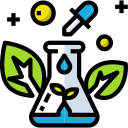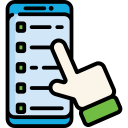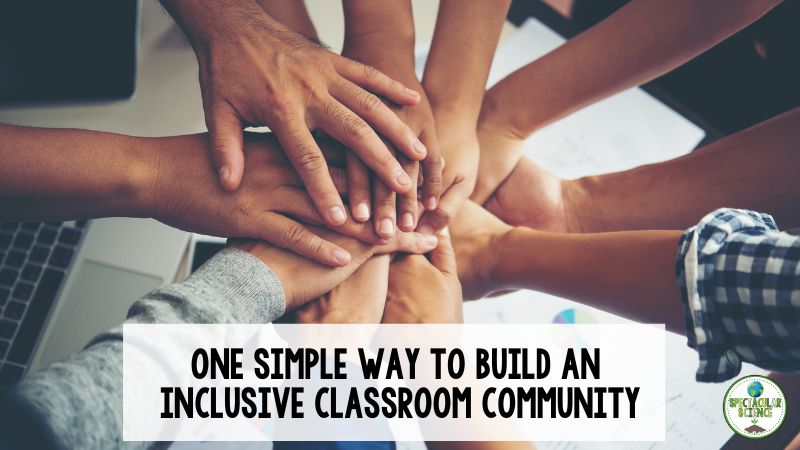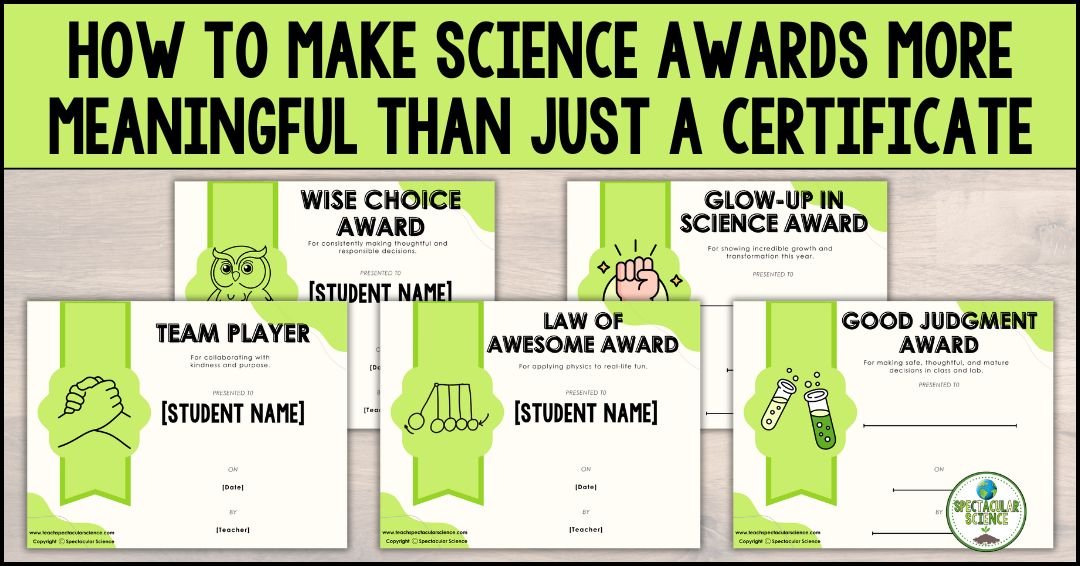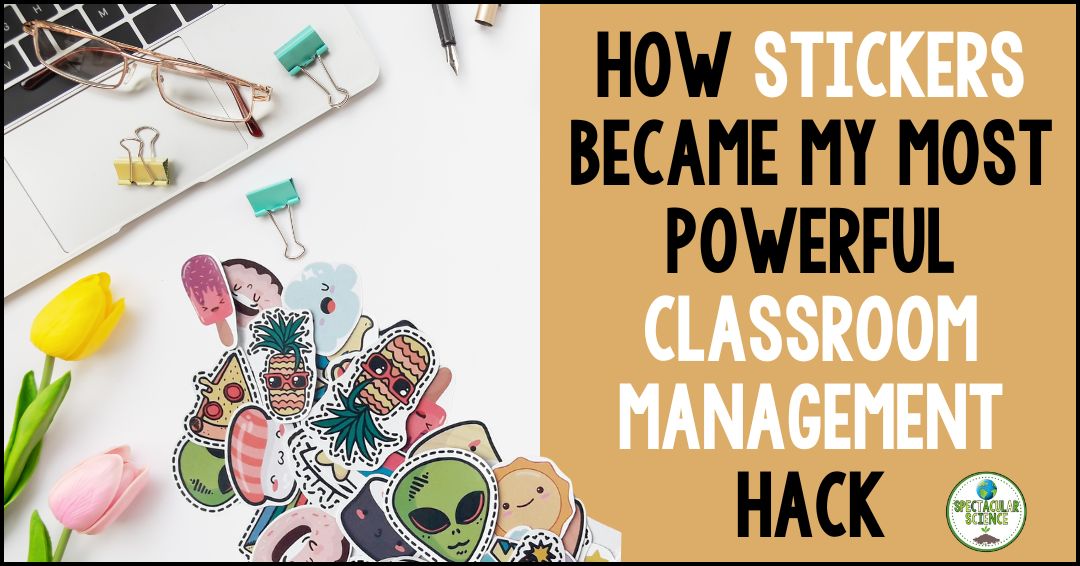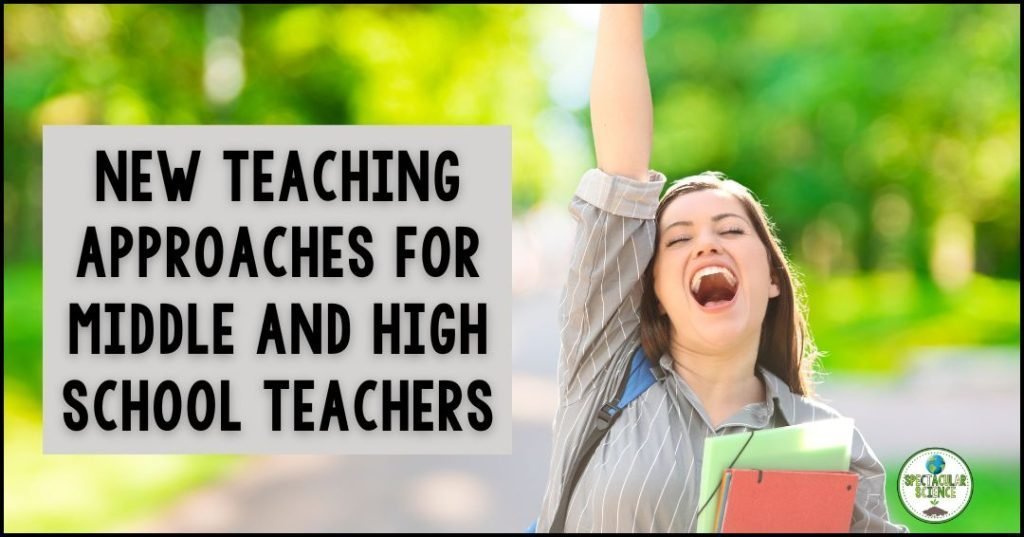
We all know that since 2020 teaching has changed dramatically. The content has remained the same for the most part but the teaching approach and the learning process have fundamentally changed.
It’s not just students who have changed, but teachers too! Therefore, new teaching strategies are necessary to help the learning process for everyone in the science classroom – whether they sit at a teacher’s desk or a student’s desk!
The Evolving Classroom
Being aware of the trends in education can be helpful for addressing your student’s needs and keeping things fresh. In recent years, there has been an increased focus on STEM education, a rise in online learning, and the added importance of social-emotional learning (SEL).
However, following trends can be challenging depending on time, budget, and teacher support. There is a need to manage diverse learning needs, integrate technology effectively, and address the emotional well-being of students.
Trying to do everything at once is a recipe for disaster; the old adage of slow and steady wins the race applies here! Think about what is one thing you might evolve in your classroom – what teaching approach can you take this semester to shift the learning in your classroom?
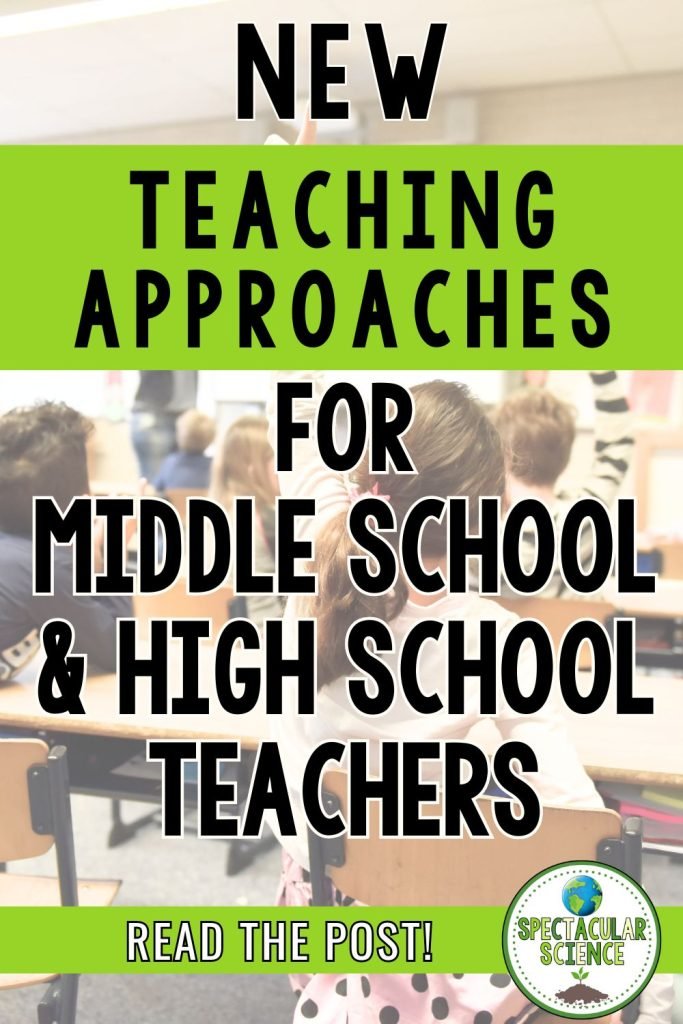
1. Differentiated Instruction
Differentiated instruction is a teaching approach that tailors instruction to meet individual student needs. Strategies you can use for this teaching approach in your classroom include:
- Flexible Grouping: Group students dynamically based on their learning needs and abilities. Mix it up so students get a chance to work with a variety of learners.
- Varied Teaching Methods: Think about how you can address different learning styles with visual, auditory, and kinesthetic learning activities.
- Personalized Learning Plans: Work on individual goal setting and progress tracking for students in the class. Make this a teacher AND student effort so students can advocate for themselves when teachers create individualized learning plans.
Grab this FREE Differentiated Current Event Assignment to help you and your students explore what’s happening ‘now’ in the world of science.
Read more about differentiation strategies to use in your classroom in this post.
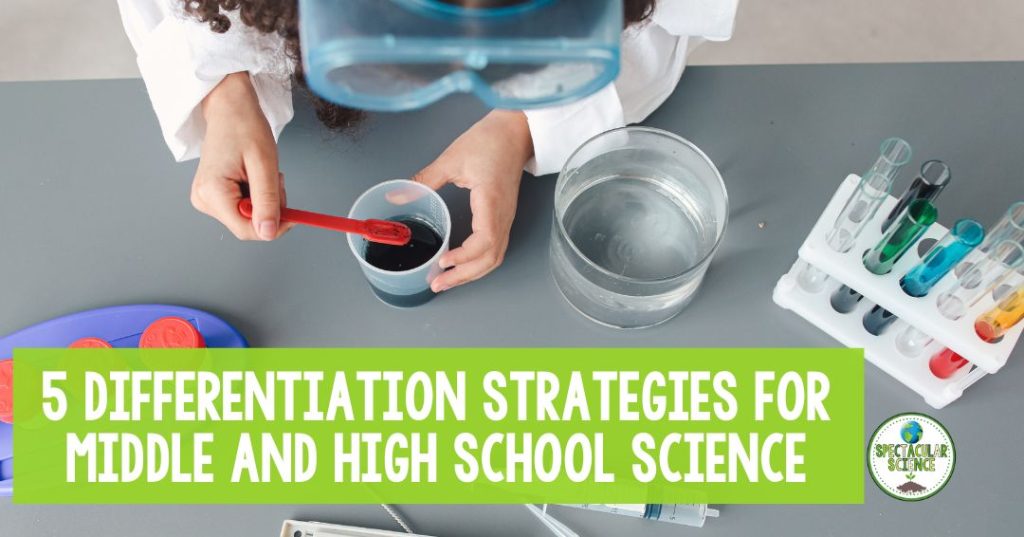
2. Technology Integration
Technology plays a critical role in students’ lives and therefore should in modern education too. Using the right technology with purpose can enhance learning experiences and prepare students for the future. Here are just a few useful tools and resources you can use to strengthen your teaching approach:
- Learning Management Systems (LMS): Most schools are now using an LMS to deliver course materials and these have changed the landscape of education technology (Ed-Tech). While platforms like Google Classroom and Canvas have been around for a while they really flourished during the pandemic. They continue to hold value because there are so many benefits to managing coursework and communication.
- Educational Apps: Tap into tech with different apps such as Khan Academy for math and science. Check out this list of 11 apps that are perfect for science students!
- Online Collaboration Tools: Combining tech with soft skills such as collaboration is key for a 21st-century learner. Using Google Docs, Microsoft Teams, and Padlet facilitates collaboration and interactive learning.
- Digital Activities: And while you might not be able to go fully digital in your classroom, using tech mindfully in your teaching approach can still yield learning results. Consider using virtual field trips (read more about these here) or digital escape rooms to incorporate some tech when you can for purposeful learning.

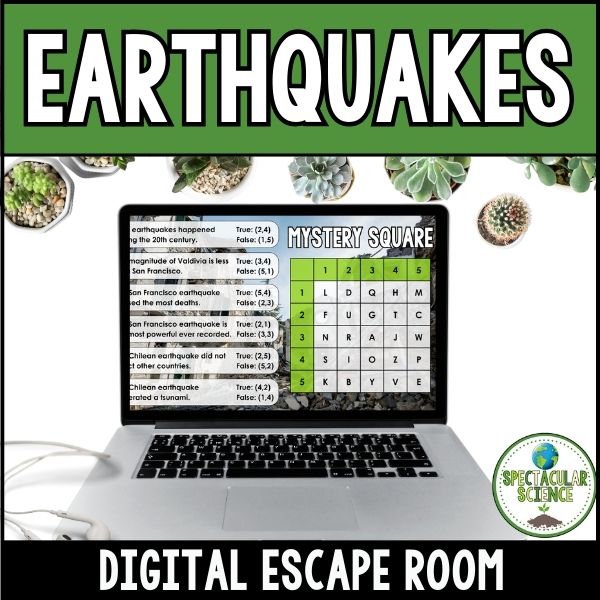
There is a time and place for technology in any classroom. Integrating technology into the classroom seamlessly starts small – consider it a testing phase – and then seek student feedback to see where changes or additions can be made.
3. Project-Based Learning (PBL)
Project-based learning (PBL) is an instructional approach where students engage in exploring real-world problems and challenges.
The most important step in using PBL as a teaching approach is to plan and design effective projects by setting clear objectives and outcomes. In terms of execution, establishing deadlines and guiding student research can help manage projects, especially when groups of students are working together. To make life easier for teachers when students are doing projects on any number of topics, create rubrics and use self-assessment tools such as reflection responses or teacher-student conferences.
You can get started right away with PBL with this adopt-a-phenomenon about Earth’s atmosphere project or this one all about invasive species.
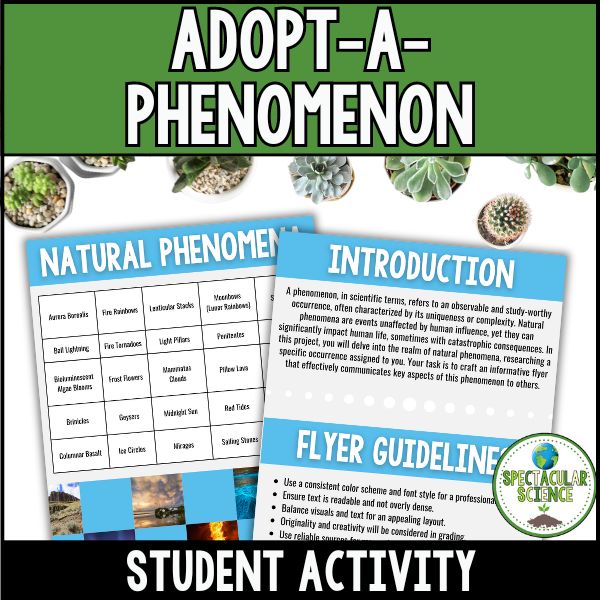
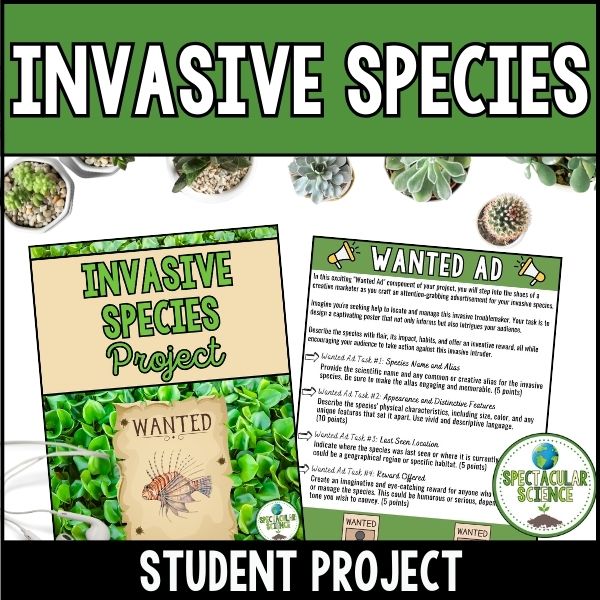
Read more about PBL in science class in this blog post.
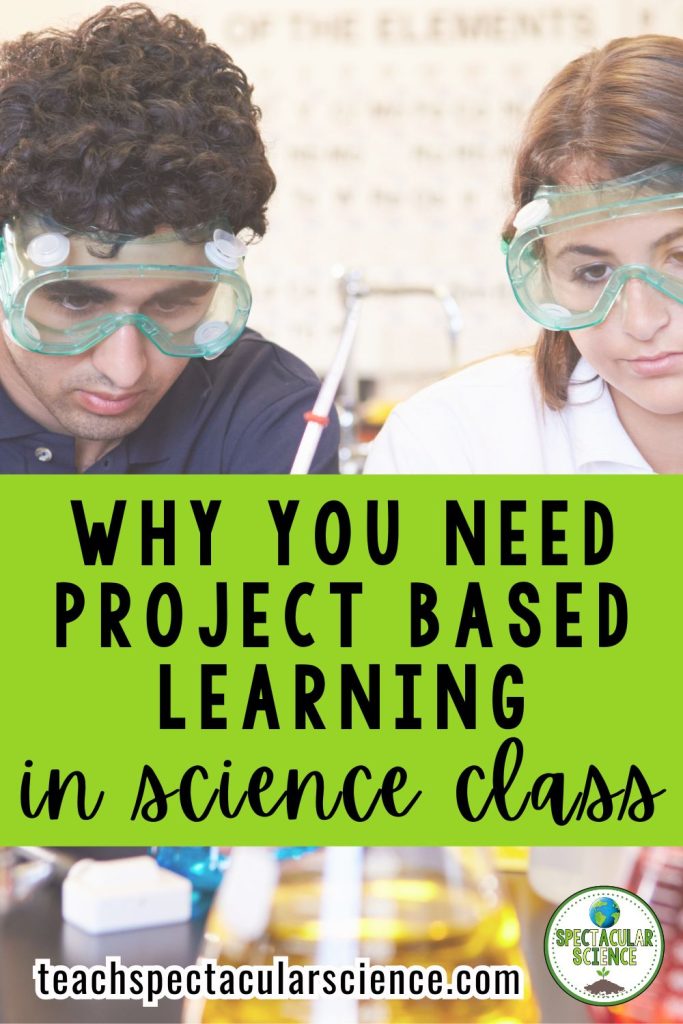
4. Social-Emotional Learning (SEL)
Being aware of students’ well-being has taken a front seat in recent years and deservedly so. Social-emotional learning (SEL) is the process of developing self-awareness, self-control, and interpersonal skills. Incorporating aspects of SEL into everyday lesson plans and activities as part of your overall teaching approach is essential nowadays.
Here are some practical strategies for incorporating SEL into the classroom:
- Building a Positive Classroom Environment: Start this from the first day of classes with activities and techniques that will foster a supportive and inclusive classroom culture. You might complete a back-to-school survey like this one or complete a get-to-know-you activity like this. And these activities can extend throughout the school year and all the way to the last days before summer break with this set of 45 thought-provoking reflection writing prompts!
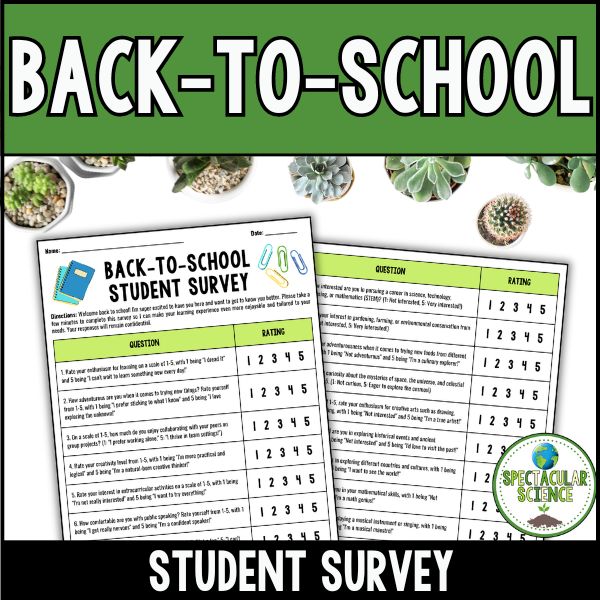

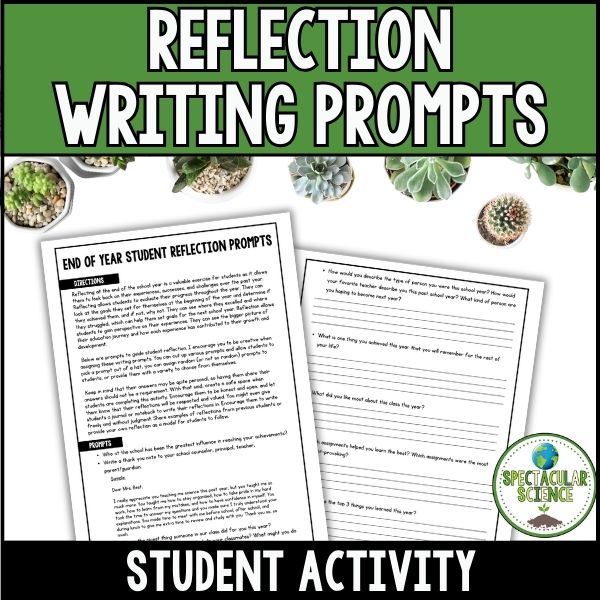
- Mindfulness and Stress Management: Activities and exercises can help students manage stress, such as breathing exercises and mindfulness practices. These can be helpful any or every day but are particularly useful at high-stress points during the school year such as test and exam season. Learn more about mindfulness and stress management through movement-based learning in this post.
- Conflict Resolution Skills: Another SEL teaching approach is to focus on teaching students how to resolve conflicts constructively through role-playing and discussion. Part of that is reflecting on one’s behavior (try this student behavior modification reflection activity) and then moving forward with resolutions to remedy the situation and relationships affected by the behavior.
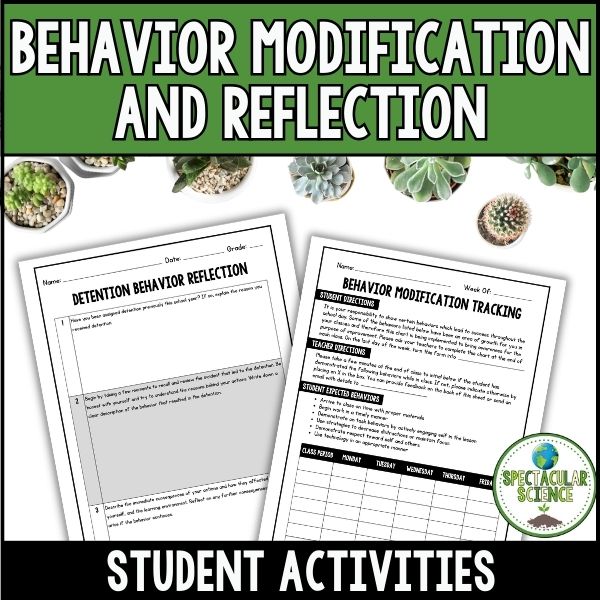
5. Flipped Classroom Model
The flipped classroom model is where students watch lectures at home and engage in hands-on activities in class. This can be a useful approach with a class that has access to tech outside of the classroom.
To implement this approach you need to create or find engaging video lessons and other materials. To create your own you might use tools like Screencast-O-Matic or Loom; for short-form video these options are free but if you’re looking to include long-form then you’ll have to invest in a paid subscription. However, keep in mind that students learn better in smaller chunks so using or creating a few shorter videos is often better than one longer piece of material.
Once students are then in class, it’s a matter of incorporating activities that reinforce learning, such as labs, group work, and problem-solving exercises.
6. Collaborative Learning
Collaborative learning is an instructional method where students work together to achieve common goals. And this is one of the most important soft skills students can take away from classroom learning; it’s right there with problem-solving skills. Both of these can be useful post-secondary for students choosing just about any field of study or work.
Some ways to incorporate collaborative learning include the age-old group project. To make this successful it’s important that students understand the overall goals and set key responsibilities for everyone in the group. Creating separate grades rather than just an overall group grade is a way to ensure accountability; however, this requires teacher-student check-ins and strong observation to ensure roles and work completion.
And while we might all have nightmares of how group work went when we were students it shouldn’t mean we dismiss it entirely. Group work is an opportunity to teach and learn conflict resolution, delegation, and leadership, as well as accountability. And this is beyond the learning that comes from the sharing of ideas and goals and, of course, the subject learning for the project’s topic.
Another collaborative learning opportunity is peer teaching, where students teach each other and therefore reinforce their own understanding.
A final option is discussion-based learning that includes facilitating productive classroom discussions, using Socratic seminars or fishbowl discussions.
A fishbowl discussion is a student-centered teaching approach where medium or large groups of students are divided into inner and outer circles. The inner circle first leads a discussion with observation and listening from the outer circle. Once the inner circle completes their discussion topic, the groups shift with the outer group now becoming the inner group and participating in a group discussion and the inner group becoming the outer group and observing.
In this teaching approach, students play the role of contributor and listener with a chance to practice both skills.
7. Formative Assessment
Formative assessment is very important in the learning process for all students. This is where the teacher can provide ongoing feedback to guide student improvement. And formative assessment is not a one-size-fits-all approach. Here are some options you might use to assess student learning throughout a unit of study:
- Quizzes and Polls: Use tech tools like Kahoot! or Poll Everywhere or go ‘old-school’ with paper and pen or even hands up/hands down! These can be as formal or as informal as you want them to be. Need a quick check-in? Use a poll. Want something a bit more formal? Shift to a quiz.
- Exit Tickets: These are a quick assessment tool to check for understanding at the end of a lesson. Consider the goal of the lesson and ask a question that gauges students’ knowledge and understanding to achieve that goal. Use a sticky note to have students record an individual response and collect these as they exit your room.
- Student Self-Assessment: Encourage students to self-assess and reflect on their learning through journals and reflective activities or essays.
For any of these formative assessment options, consider task cards as an effective tool. Grab this FREE set of 20 task cards for science to try out with your students.

Conclusion
These teaching approaches provide benefits for students and teachers in middle school and high school. Using a new, or new-to-you, teaching approach can be a game-changer in your classroom.
And you don’t have to do everything all at once! Experiment with and adapt these strategies to fit your unique classroom needs. Keep in mind that sometimes a strategy needs to be used more than once so students (and teachers!) can get used to the strategy. As you try a new teaching approach, evaluate the impact on student engagement and learning and adapt your teaching approach as needed!

